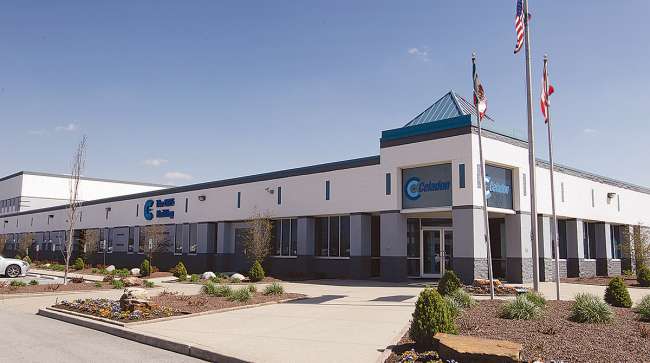Senior Reporter
Celadon ‘Didn’t Get the Time’ It Needed, Analyst Says

[Stay on top of transportation news: Get TTNews in your inbox.]
A Wall Street analyst who tracks Celadon Group said a lack of time and weakness in the trucking sector contributed to the company’s decision to file for bankruptcy and close its doors.
“I’m disappointed because they didn’t get the time that we thought they would have to get this fixed and turned around,” said Jeffrey Kaufmann, an analyst with Loop Capital. “I think the markets in trucking were really a lot tougher than many companies expected this fall and, unfortunately, that ended up being what caused the investors to pull the plug on the company.”

More on Celadon
Dec. 9: Celadon Files for Bankruptcy, Shuts Down
Dec. 5: Two Fomer Celadon Executives Charged in Fraud Scheme
Aug. 15: Celadon Gets $165 Million Infusion From Luminus Management
April 29: Celadon Group Sells Intermodal Operations to Bison Transport
April 25: Celadon to Pay $42.2 Million After Admitting to Accounting Fraud
April 22: Celadon Sells Logistics Group, Hopes for Financial Reporting in Fall
Oct. 3, 2017: Celadon Acknowledges Active SEC Investigation
July 13, 2017: Celadon Chairman, CEO Paul Will Steps Down
July 3, 2017: Celadon to Record Impairment Charge in Review of Company’s Value
May 2, 2017: Celadon's Financial Statements Called Into Question
April 25, 2016: Celadon Founder Russell Passes Away
June 23, 2014: Celadon’s Russell Used Hard Work, Luck To Build Large Cross-Border TL Carrier
Celadon on Dec. 9 filed for Chapter 11 bankruptcy protection, ceasing operations immediately in one of the largest bankruptcy filings for a trucking company in recent memory. Celadon in its bankruptcy petition listed assets of $427 million and debt of $391 million.
“We have diligently explored all possible options to restructure Celadon and keep business operations ongoing, however, a number of legacy and market headwinds made this impossible to achieve,” CEO Paul Svindland said in a news release.
Kaufmann said another issue that damaged the company’s recovery attempt was its lack of published financial reports, which cost it business.
“There were a lot of customers who were limited in the business they could do with Celadon when they didn’t have financial statements those customers could use to evaluate the risk of giving the company more business,” he said.
The New York Stock Exchange delisted Celadon in the spring of 2017 after the company failed to submit quarterly and annual reports as required by the Securities and Exchange Commission. Before the bankruptcy filing, the company said its new leadership was planning to file financial reports dating back to February 2017 and amend those as far back as June 30, 2014.
Celadon has been the subject of a U.S. Department of Justice investigation tied to allegations of accounting fraud levied against prior management.
On Dec. 5, two former executives were indicted by the Securities and Exchange Commission on charges related to those allegations. Separately, Celadon had earlier agreed to pay $42.2 million in fines to DOJ related to the accounting irregularities.
The only Celadon division that will remain open in the wake of the bankruptcy will be Taylor Express, which is headquartered in Hope Mills, N.C. Celadon said it will attempt to sell that company.
In August, Luminus Management — which had previously helped Celadon refinance its debt — acquired nearly half of the company through a $165 million deal. It had previously owned about 17% of Celadon, but with the investment took control of 49.9% of the company.
According to the Federal Motor Carrier Safety Administration, as of October 2019 Celadon was operating 2,771 trucks and had 2,553 drivers.
Celadon ranks No. 38 on the Transport Topics Top 100 List of the largest for-hire companies in North America.
Want more news? Listen to today's daily briefing:

